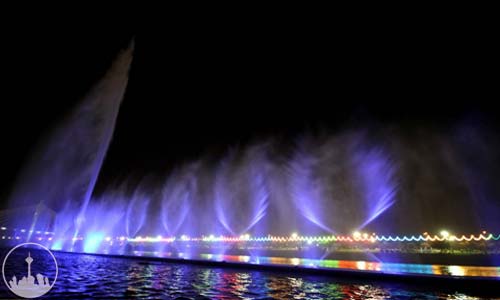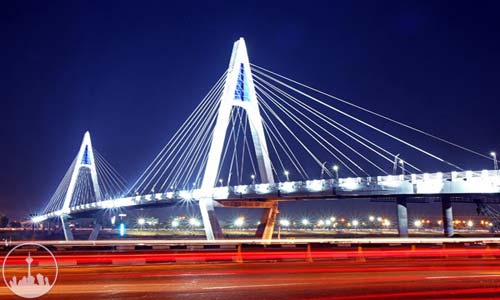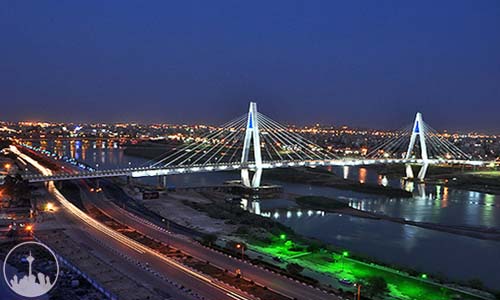Ahvaz
The township of Ahvaz is situated in the central portion of the province and has a warm and humid climate. Ahvaz is the center and largest city of the province and is located 874 km. from Tehran. In ancient times it was called "Hormozd Ardeshir" and then "Soq-ol-Ahvaz". Later on it was known as "Naseri". Some historians have mentioned it as "Algeenis".
There is a strong possibility that the city of Ahvaz is located on the site of the old city of "Taryana". Ardeshir Sassanide I rebuilt Taryana and named it "Hormozd Ardeshir". During his reign and that of his successors, the city prospered, and instead of Susa became the capital of "Suziana" (Khuzestan). At the time that the Arabs gained control of Suziana, Hormozd Ardeshir was re-named to Soq-ol-Ahvaz , meaning the market of Khuzis or Hoories.
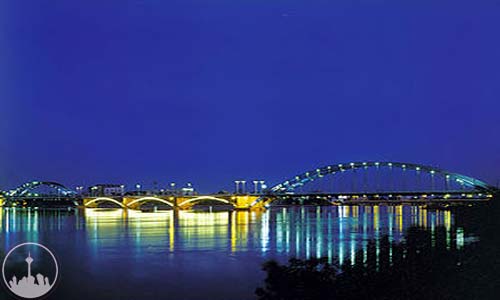
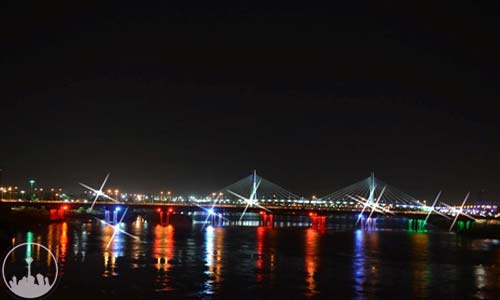
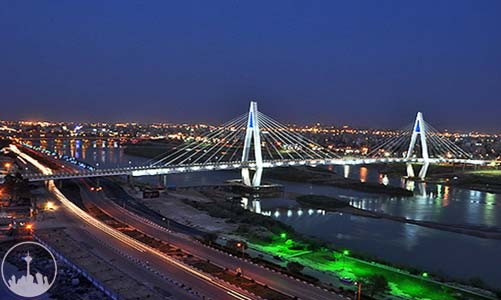
During the period of Omavi and Abbasides Caliphs, Ahvaz city flourished and became the center for the cultivation of sugar-cane. But at the end of the 3rd century AH due to upheavvals of Saheb-ol-Zanj it witnessed a decline. Later on efforts were put for recapturing its fame, but in the mid 9th century AH, the destruction of its large dam further more intensified the decline of the city from the former position that it was used to enjoy.
The construction of the Suez Canal, improved trade and shipping on Karoon River, and reformation of Bandar-e-Naseri as a port during the Qajar era, once again caused flourishing of Ahvaz, and its name was changed to Naseriyeh. During Pahlavi period, the city was re-gained its old name,i.e.,'Ahvaz'. At present it plays an important role regarding the cultural, economical and industrial fields in Iran as well as being one of the highly populated areas of the province.
